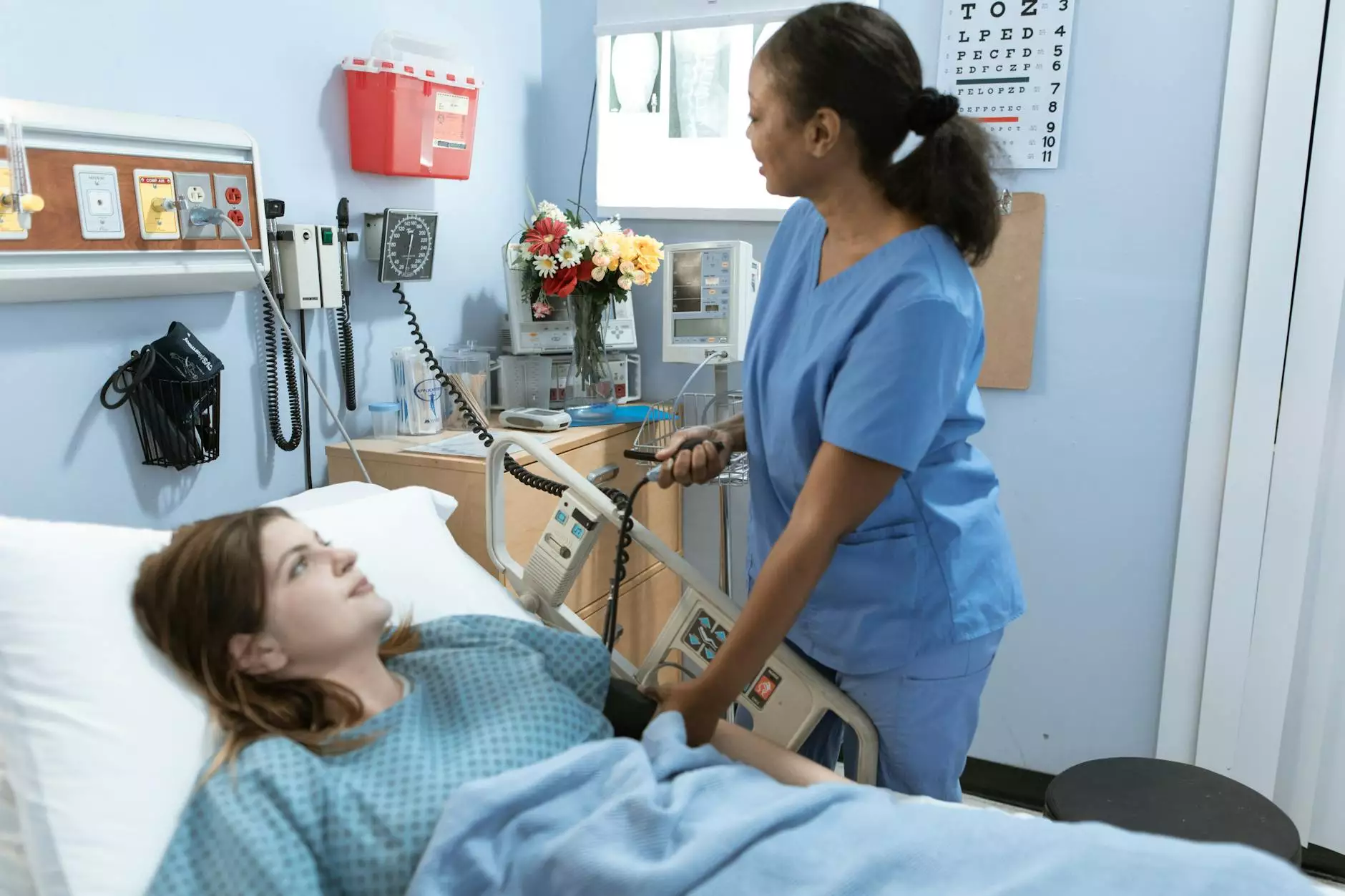Lung Cancer Screening: An Essential Health Service

Understanding Lung Cancer and Its Impact
Lung cancer has emerged as one of the leading causes of cancer-related mortality worldwide. It accounts for approximately 25% of all cancer deaths, underscoring the necessity of timely detection and effective intervention.
In recent years, medical advancements have facilitated improved methods for detecting lung cancer. One such advancement is the lung cancer screening process, which is crucial for those at high risk.
The Importance of Lung Cancer Screening
Screening for lung cancer is vital for several reasons:
- Early Detection: Screening helps identify lung cancer at an early stage when the chances of successful treatment are significantly higher.
- Risk Assessment: For individuals with a history of smoking or exposure to carcinogens, lung cancer screening can assess risk levels and provide tailored health recommendations.
- Reduction in Mortality Rates: Studies have shown that regular screening can lead to a decrease in lung cancer mortality rates by up to 20%.
Who Should Consider Lung Cancer Screening?
Identifying candidates for lung cancer screening is essential for maximizing the benefits of this health service. The following groups are generally recommended to undergo screening:
- Individuals aged 55 to 80 years.
- Current smokers or those who have quit within the last 15 years.
- Individuals with a smoking history of at least 30 pack-years (a pack-year is defined as smoking one pack of cigarettes per day for one year).
It's important for at-risk individuals to consult with their healthcare providers to determine if lung cancer screening is appropriate.
Methods of Lung Cancer Screening
The most common method used for lung cancer screening is low-dose computed tomography (LDCT). This method is effective and has been endorsed by various health organizations worldwide.
Low-Dose Computed Tomography (LDCT)
LDCT uses a lower dose of radiation compared to standard CT scans, minimizing exposure while still providing clear images of the lungs. The process involves:
- Patient lying down on a table as it slides through the CT scanner.
- The CT machine takes a series of X-ray images from different angles, which are then compiled into cross-sectional images of the lungs.
- The entire procedure generally takes less than 30 minutes
Benefits of Lung Cancer Screening
Engaging in regular lung cancer screening carries numerous benefits:
- Improved Prognosis: Early-stage lung cancer has a five-year survival rate of over 55%, compared to less than 5% in advanced stages.
- Personalized Treatment Plans: Early detection allows for the formulation of effective, individualized treatment strategies.
- Better Quality of Life: Catching cancer early often means less aggressive treatment is needed, leading to a better quality of life post-recovery.
Challenges and Considerations
While the benefits are compelling, there are challenges associated with lung cancer screening:
- False Positives: LDCT screening may occasionally yield false-positive results, leading to unnecessary stress and more invasive follow-up procedures.
- Radiation Exposure: Although LDCT uses low doses of radiation, there is still a minor risk associated with repeated screenings.
- Cost: Depending on insurance coverage, the cost of screening can be significant in some cases.
Preparing for a Lung Cancer Screening Appointment
Preparation for a lung cancer screening is straightforward, yet important:
- Wear comfortable clothing without metal zippers or buttons that may interfere with imaging.
- Inform your healthcare provider of any medications you are taking or any lung conditions you may have.
- If you are feeling unwell prior to your appointment, be sure to communicate this to your doctor.
What to Expect After the Screening
After undergoing lung cancer screening, patients typically experience the following:
- Follow-up Results: Results are generally ready within a week. Your healthcare provider will discuss them with you and outline next steps if necessary.
- Further Testing: If abnormal nodules or areas of concern are detected, additional imaging or diagnostic tests may be required.
- Regular Monitoring: If your results are normal but you are at risk, your doctor may recommend annual screenings.
The Future of Lung Cancer Screening
The landscape of lung cancer screening is continually evolving as research unravels new insights:
- Biomarker Development: Advances in molecular biology may pave the way for blood tests that can enhance screening processes.
- Enhanced Imaging Techniques: Researchers are investigating improvements in imaging technology that could lead to even earlier and more accurate detection.
- Integration in Routine Care: As awareness of lung cancer screening grows, healthcare systems are working to integrate screening into regular check-ups for at-risk populations.
Continuous innovation in the field of lung cancer screening holds great promise for improving patient outcomes and significantly reducing mortality rates.
Conclusion
In summary, lung cancer screening is a critical component of healthcare for those at high risk of developing lung cancer. By facilitating early detection, it not only improves prognosis but also enhances the quality of life for patients. Continuous advancements in technology and methodology are promising for the future of lung cancer care.
Considering the impact of lung cancer, it is essential for individuals, especially those with risk factors, to discuss screening options with their healthcare providers. Early detection can save lives and foster healthier futures.
For more information about lung cancer screening and other health services, feel free to visit Hello Physio.









